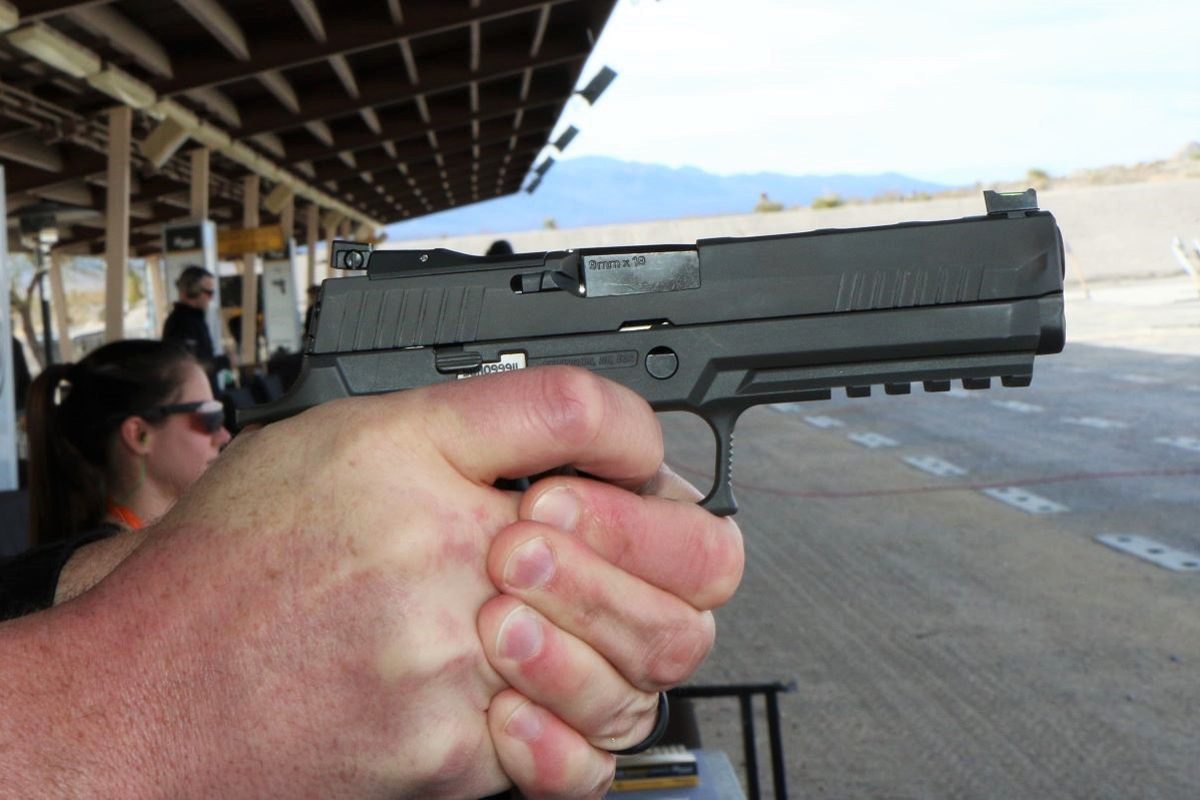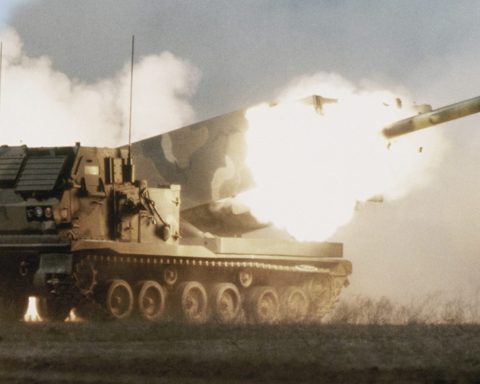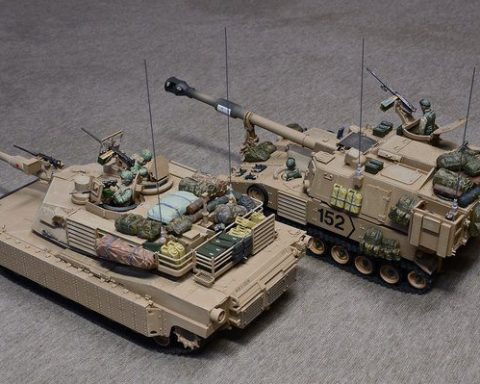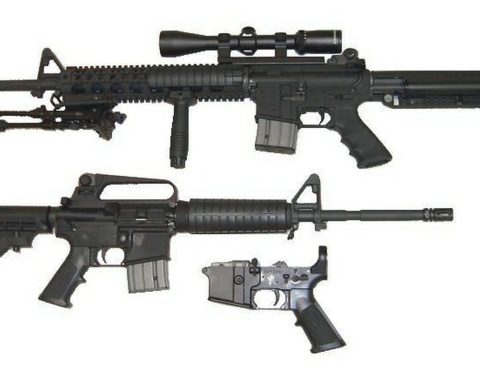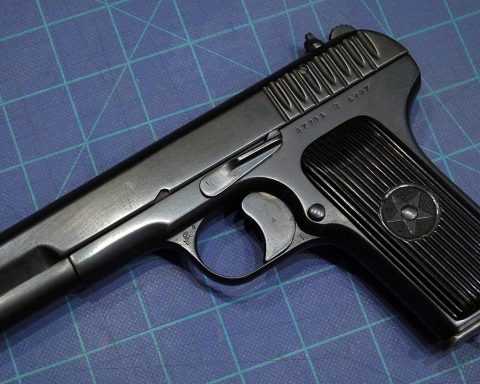The U.S. military chose the Sig Sauer P320 over the Glock 19X because the latter did not meet the required specifications. According to the Government Accountability Office (GAO) report, the Sig Sauer was considered to have a “slight technical advantage” over the Glock and received a rating of “good” compared to Glock’s “acceptable.”
In addition, the Sig Sauer also scored high marks in ergonomic design and ballistic performance. Furthermore, Sig Sauer’s proposal included not only one but two options for the military: the XM17 and the compact XM18. The program required a modular pistol, and the Glock 19X did not offer this capability. A modular pistol allows easy reconfiguration from full-size to compact and subcompact by simply swapping out a few parts.
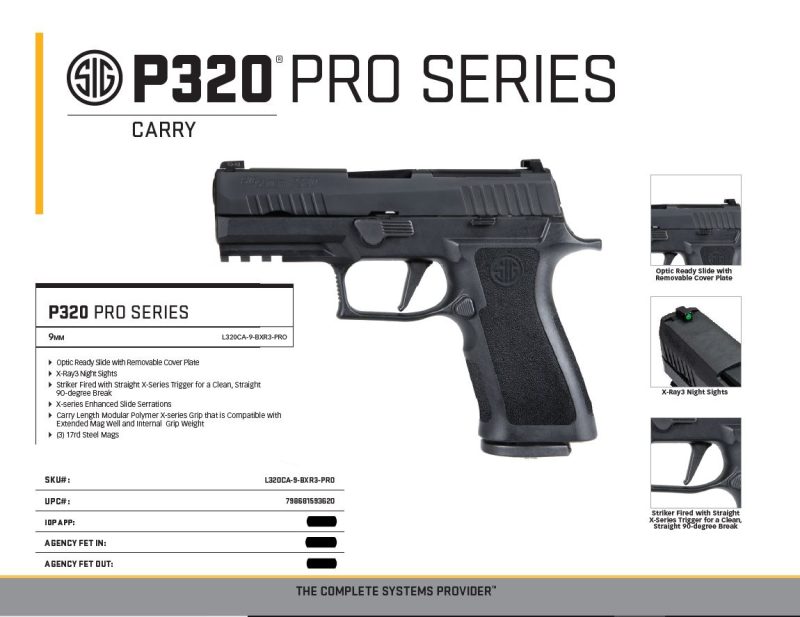
Sig Sauer achieved this through a combination of innovative engineering and taking advantage of a loophole in U.S. firearms laws. Specifically, the engineering team designed the entire trigger pack to be removable, making it possible to quickly and easily convert a full-size gun to a compact one. This added flexibility and versatility was a major factor in the military’s decision to choose the Sig Sauer P320 over the Glock 19X.
The compact design of a gun offers versatility and convenience. The ability to swap out the trigger pack from a compact gun to a sub-compact model allows for quick and easy customization.
The United States has an unusual law regarding firearms. The part of a weapon that bears the serial number is considered the “gun” by the Bureau of Alcohol, Tobacco, Firearms, and Explosives (BATFE). As a result, purchasing the frame of a firearm, even if it is not functional, requires a background check. This peculiar aspect of the law can work to the advantage of certain manufacturers, such as Sig, who place the serial number on the trigger pack. This means that in the eyes of the government, the trigger pack is the frame and the gun, allowing for a modular design.
Other manufacturers, such as Glock, have serial numbers on the frame. To address this limitation, they have created a hybrid model, the Glock 19X, which combines the larger magazine of model 17 with the shorter slide and barrel of model 19. This unique design offers a balance of capacity and maneuverability.
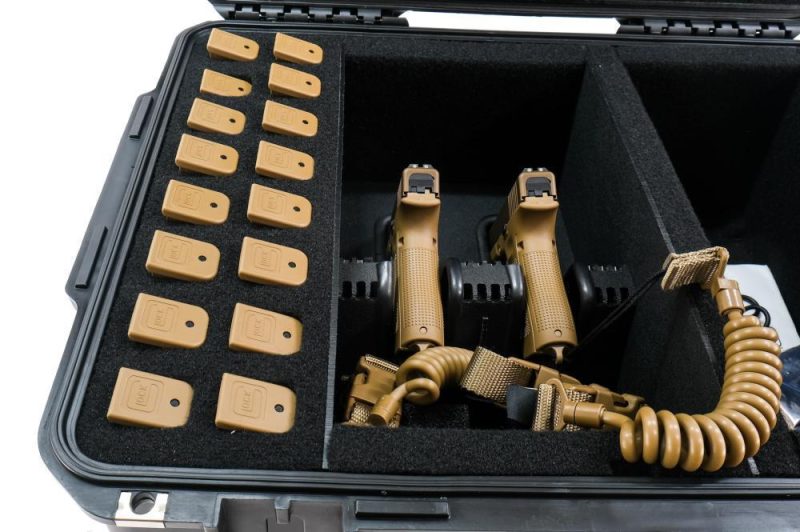
In my opinion, the Glock is a more dependable and trustworthy weapon system. However, the Sig system does have a significant drawback. Suppose we compare the cost of purchasing a Glock for $500 and buying all three sizes (full, compact, and subcompact) for a total of $1500. The price of a Sig, also at $500, and buying compact and subcompact drop-in frames for $300 each, is $1100.
While it may appear that you have saved money by going with the Sig system, you have only invested in one gun. One trigger pack can only be used by one soldier, regardless of the frame you put it in. On the other hand, by spending $400 more on the Glock system, you can equip three soldiers with guns, providing greater flexibility.
Ultimately, Glock lost the competition for the U.S. Army’s next service pistol because their design did not meet the requirement for a modular weapon. The requirements for a modular design gave an edge to the Sig system, which was able to meet those criteria cost-effectively.
